Swarms of crows and gulls at a landfill in Oregon’s Wasco County are damaging nearby fruit crops. Orchardists are demanding a solution
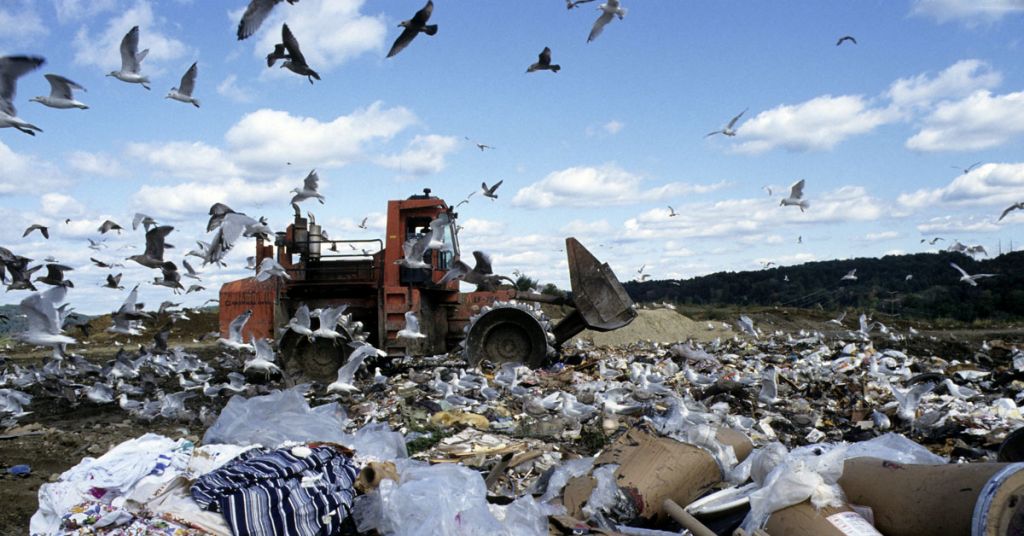
Appetizer flight: Birds are a common problem at landfills around the country. Solutions are more elusive. File photo/UN Photos
By Don Campbell. September 16, 2021. Call it landfill, refuse site or garbage dump—trash and waste have to go somewhere. And where it lands can provide mounds of grub fit for a wildlife food fest.
It’s a typical problem, no more so in the Columbia River Basin than in The Dalles, Ore., site of the Wasco County Landfill, where large gatherings of crows and seagulls have been descending to feed on uncovered trash.
Current estimates suggest that about 200 to 300 birds congregate at the site daily, with the heaviest concentrations coming in late afternoons. Those numbers are likely on the upswing with crow and gull growth up 2% annually in Oregon and 3% nationwide.
The avian infestation has led to friction between orchardists with farms adjacent to the landfill, the landfill’s owners (Waste Connections, a Texas-based solid-waste corporate giant with sites across the United States and Canada), Wasco County’s Board of County Commissioners and environmentalists.
Everyone wants to repel the swarms of opportunistic birds.
But so far there’s no agreement on how to do it.
Drops on crops
Birds in landfills create numerous problems, including the possibility of transmission of more than 60 diseases, potentially affecting landfill workers, orchardists, farmers, residents and area storm water.
In Wasco County, birds are also removing and depositing trash outside the landfill site, defecating on nearby orchards and disrupting growth cycles of maturing fruit.
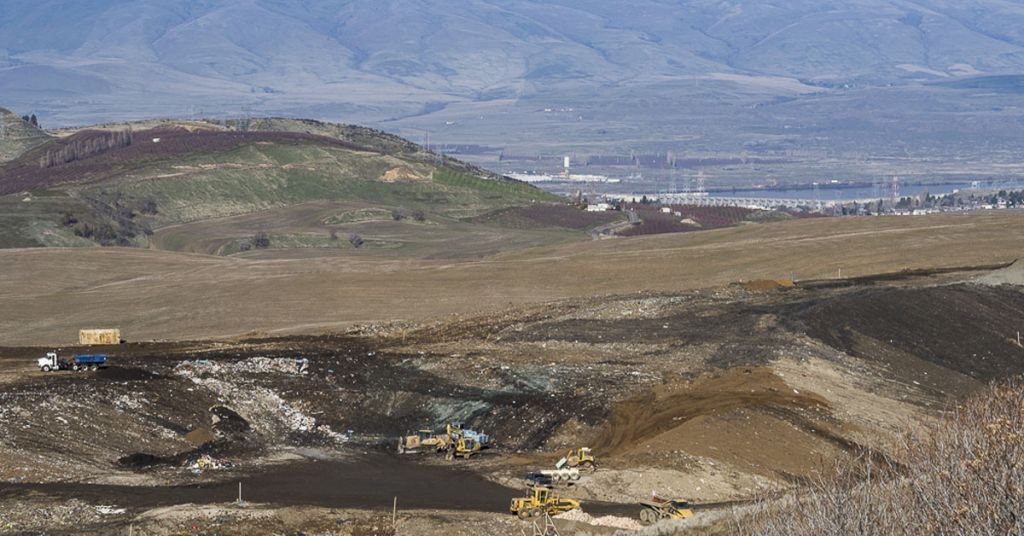
Open issue: With the Columbia River in the distance, Oregon’s Wasco County Landfill provides an easy landing for birds. Photo by Jurgen Hess
The droppings affect the strict standards for public sale and consumption required by the federal Food Safety Modernization Act, as well as the Good Agricultural Practices voluntary audits conducted by the U.S. Department of Agriculture.
Orchardists, like Gary Wade, have spoken publicly for the past couple of years about the increase of bird droppings on their fruit. He says it’s difficult to assess the exact amount of damage caused by the birds.
“I believe it could be as high as 5% of the 200,000 pounds we usually grow on that block (near the landfill), which would mean we would lose somewhere between $8,000 to $12,000 a year,” Wade says, who operates his orchard with his wife ands son. “My son thinks it is higher. The ravens/crows also eat the spurs with the fruit buds for next year’s crop.”
The general consensus among orchardists is that not enough is being done to mitigate the birds’ impact on local crops, which has been a problem going back to at least 2018.
“It’s not just the cherries they eat, although the birds are eating the cherries off the top, but it’s also a real health risk because they are crapping all over the fruit,” said Gary Wade, a local cherry grower, in a July article in the Columbia Gorge News. “That creates a potential for a salmonella outbreak, and during a food inspection that could potentially get us shut down. We’ve been working on this for a few years now, and it’s just critical we move ahead and find a way to deal with this.”
According to Brian Evola, Waste Connections general manager, the company feels hamstrung by an agreement with Oregon’s Department of Environmental Quality that limits when it can deploy what it calls an “integrated plan” to control the birds—including bird harassment using pyrotechnics, firearms, scarecrows, drones and, as a last resort, poisons.
“We haven’t started anything,” says Evola. “It has been our operating plan that there was an agreement with surrounding orchardists not to harass the birds during planting and harvest. That leaves us with a month or two in wintertime. Those couple months didn’t have much effect on birds.”
Attempts to control uncovered garbage—essentially keeping refuse areas covered with dirt—are ongoing.
Federal assistance
In April, Wasco County contracted with the Animal and Plant Health Inspection Service (APHIS), a group under the auspice of Department of Agriculture’s Wildlife Services, to help mitigate the landfill’s bird problem.
APHIS operates under the 1931 Animal Damage Control Act, which authorizes the Secretary of Agriculture to “conduct campaigns for the destruction or control” of animals considered threats to agriculture or ranching interests.
At a Sept. 1 Wasco County Board of County Commissioners meeting, APHIS representative Shane Koyle said the agency, which made an onsite visit to the landfill in May, deals with wildlife issues all over the nation.
“There will be transparency only if the public asks for it.” —Shane Koyle, APHIS
“We are a well-known research arm and have been helping Wasco County for several years with other issues,” Koyle said. “We are a third party in this, with nothing to gain. We bring parties together … to help reduce conflict and watch out for the public.”
In addition to integrated-plan methods, Koyle said nearby residents may need to change their behavior if they’re leaving accessible garbage exposed or are feeding the birds.
‘Lethal control’
APHIS strategies for addressing bird problems typically include adjusting habitat (in this case, the landfill) and human practices, and employing a range of harassment tactics, including the aforementioned pyrotechnics, scarecrows, drones and even falconry.
“If habitat and harassment don’t have the desired effect,” said Koyle, “we resort to lethal control, including firearms, traps and pesticides.”
At the Sept. 1 meeting, Koyle raised the possibility of using DRC-1339, an avicide (toxicant for birds) that appears as a pale yellow, crystalline powder and dates to the 1960s.
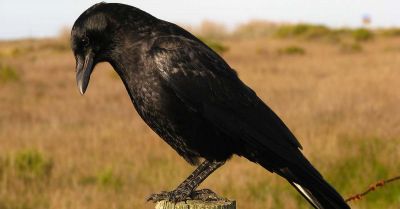
Noble nuisance: Should crows be poisoned for being attracted to open garbage dumps? Photo by Joe McKenna/CC
“It’s very lethal to target birds, but not to other varieties. There’s a lot of data around it,” said Koyle.
For Ash Harris of Wasco County’s Rowena Wildlife Clinic, avicides cross a line. Any use of poisons, she said, will have a long-term deleterious effect on the region’s ecosystems, particularly on wildlife.
“Peer-reviewed studies have shown that using poisons is a short-term solution, with birds returning within a year,” she said at the commissioners meeting.
As reported by Columbia Gorge News, at a July meeting Commissioner Kathy Schwartz said she’d spoken with APHIS representative Koyle, and said the agency was essentially proposing using pesticides to reduce the number of birds.
Rowena Wildlife Clinic has organized a change.org petition urging Wasco County and APHIS to “prove how their plan to poison will not cause incidental poisoning to other birds that frequent the landfill—birds like eagles, owls, ravens and turkey vultures—all who are protected under the Migratory Bird Act of 1918, the Bald and Golden Eagle Act and the Federal Insecticide, Fungicide and Rodenticide Act.”
Harris said U.S. Fish and Wildlife Service regulations require government employees to attempt non-lethal options before using lethal options.
“All non-lethal options have not been attempted. Although APHIS has permits to ‘mitigate’ animals, we question why the first response is to exterminate the birds, rather than enact long-term solutions,” reads the clinic’s change.org’s petition. “The current plan to poison animals is inhumane, causing birds to suffer from epileptic seizures until their nervous system fails.
“Killing healthy wildlife does not align with our mission at the Rowena Wildlife Clinic, nor should it align with the values of the people of Wasco County.”
Poor neighbors
Wade, who has farmed 110 acres for more than a decade in The Dalles, says he simply wants an equitable solution.
“They haven’t been good neighbors,” Wade says about the landfill. “There are alternative solutions. It’s not a one-year project. It has to be ongoing. The landfill and county need to make a commitment.”
Wasco commissioners have said they’re willing to invest in a solution involving APHIS.
But to many growers, the extent of Waste Connections’ commitment is uncertain.
“I need to see that to be comfortable at all,” Wade says. “I don’t have any faith in the landfill without their extensive participation and help. It’s not clear what they’re proposing.”
Solutions offered, decisions pending
Non-lethal solutions are available. These include employing falconers (a technique that’s worked in landfills in Seattle and Goldendale, Washington), sonic and ultrasonic systems, gas cannons and emerging products such as laser-based bird controls.
Mitigation will take time and money. But also a consensus that so far has been elusive.
When asked by Rowena Wildlife Clinic’s Harris about a transparent, public timeline for using and assessing alternative methods, Koyle said, “There will be transparency only if the public asks for it. Not day-to-day.”
Based on board testimony in July, and the conclusion of the Sept. 1 meeting, both Wade and Harris have suggested that APHIS, the board and Waste Connections aren’t genuinely willing to pursue alternatives and have from the outset pushed for using poisons on the offending birds.
“There are a lot of alternatives,” Wade says. “The least they could do is hire a bird expert. The Seattle landfill has a person on staff. Poisoning is cheap.”
“It was never made clear to me that it was their number-one option, but the couple of times I’ve talked with Shane Koyle, they’re definitely keeping it as a serious option, keeping it on the table with other options,” says Harris. “They haven’t said as much, but the feeling I’ve gotten when I talk to them about it is that they’ll use it. The board packet that was handed out at the first meeting included a leaflet from APHIS that talks about crows particularly, and included the use of poison.”
After opening remarks, the Sept. 1 meeting quickly entered a period of intense discussion.
“We seem to be getting into a debate,” said Commissioner Steve Kramer. “We will find a solution. … It’ll all be aboveboard, everything will be taken care of. But it’ll take a whole lot longer than what we have allotted [today].”
In the meantime, Wasco crows and gulls continue to fly ever-wider circles around a growing problem, as orchardists and environmentalists wait for a solution.
Don Campbell is a Pacific Northwest writer who currently lives in Mosier, Oregon.



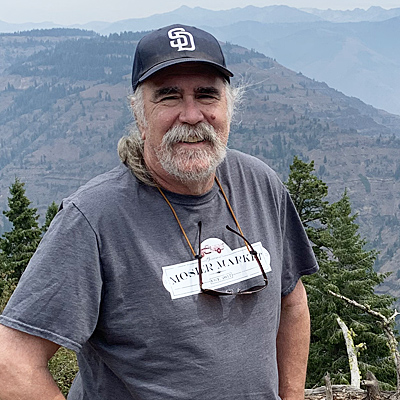
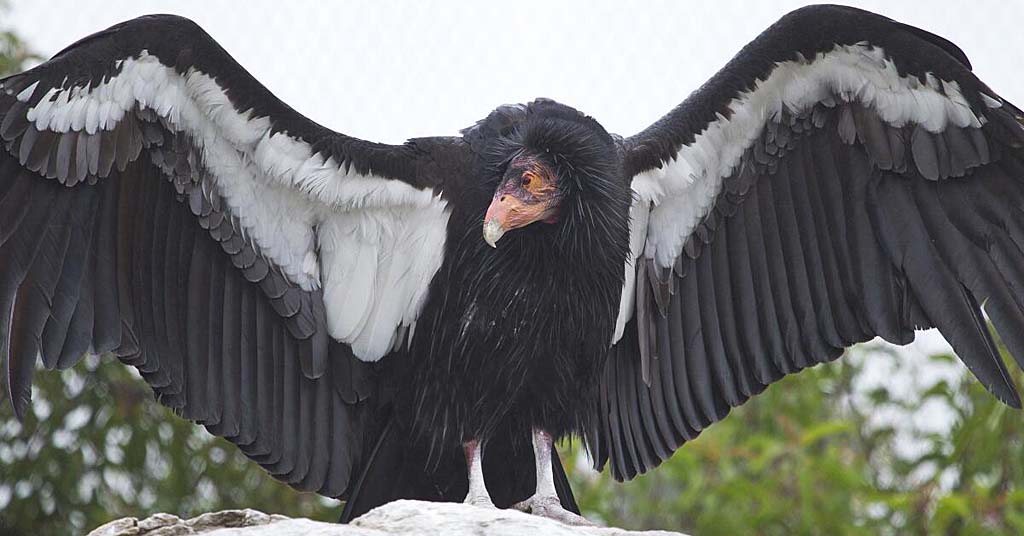

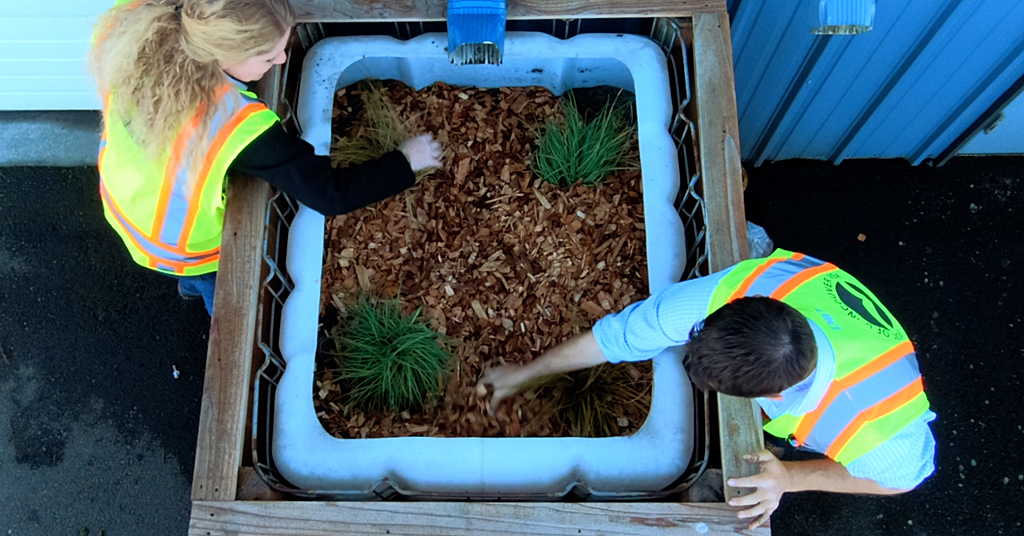




Don Campbell made some statements in his article that he falsely attributed to me. For one “Wade and Harris have suggested that APHIS, the board and Waste Connections aren’t genuinely willing to pursue alternatives and have from the outset pushed for using poisons on the offending birds.” That is not an accurate statement since I have no idea what APHIS, the Board, or Waste Connections are proposing. None of the orchardists (from my knowledge) have seen a detailed plan from APHIS and Waste Connections as to how they would address this issue, so how could I have an opinion. I was willing to talk with Don since I had some faith that Columbia Insight has some journalistic integrity, and was likely willing to do some legwork to write a detailed credible article on this issue. I was wrong.
It’s too bad when efforts to further discuss issues are met with silence. That leaves room for just what is not needed to solve the problem…